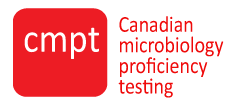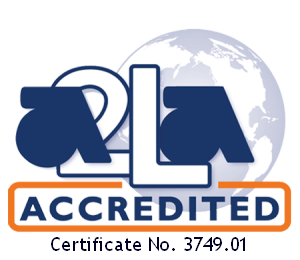According to the HPTA, any individual working or having access to prescribed human pathogens and toxins or Security Sensitive Biological Agents (SSBAs) must have an HPTA Security Clearance.
An H PTA Security Clearance is conducted by the Royal Canadian Mounted Police (RCMP) and Canadian Security Intelligence Service (CSIS) on behalf of the PHAC and is not the same as a general security clearance issued by the Government of Canada.
PTA Security Clearance is conducted by the Royal Canadian Mounted Police (RCMP) and Canadian Security Intelligence Service (CSIS) on behalf of the PHAC and is not the same as a general security clearance issued by the Government of Canada.
The increased biosecurity risks associated with SSBAs necessitates additional biosecurity measures; the purpose of the HPTA Security Clearance is to ensure that those who have access to and/or handle SSBAs do not pose a risk to Canada’s national security.
SSBAs
Security sensitive biological agents, or SSBAs, are a subset of Risk Group 3 and 4 human pathogens and prescribed toxins that are included in Schedule 1 of the Human Pathogens and Toxins Regulations (HPTR).
Examples of these organisms are:
- Virus: Ebola virus, SARS coronavirus, Smallpox virus
- Bacteria: Bacillus anthracis, Francisella tulariensis, Yersinia pestis
- Fungus: Coccidioides immitis
- Toxins: Shigatoxin (1mg), Verotoxin (1mg), Cholera toxin (20mg)
A complete list of SBBAs is available online
Situations where an HPTA Security Clearance is required
- Access to the part of a facility where controlled activities with SSBAs are authorized and actively taking place
- Access to SSBA storage
- Opening a SSBA package
Situations where an HPTA Security Clearance is NOT required
- Access to the part of a facility where controlled activities with SSBAs are authorized when SSBAs are locked away and inaccessible, while under supervision by a holder of a valid HPTA Security Clearance.
- Working with an SSBA toxin that falls below the trigger quantity.
- Working with a human pathogen of a given risk group that has been attenuated to such an extent that it no longer meets the risk profile of that risk group.
- Transportation of SSBA to another location, from the time it is packaged until the package is opened by the intended recipient.



